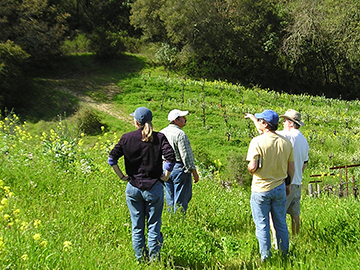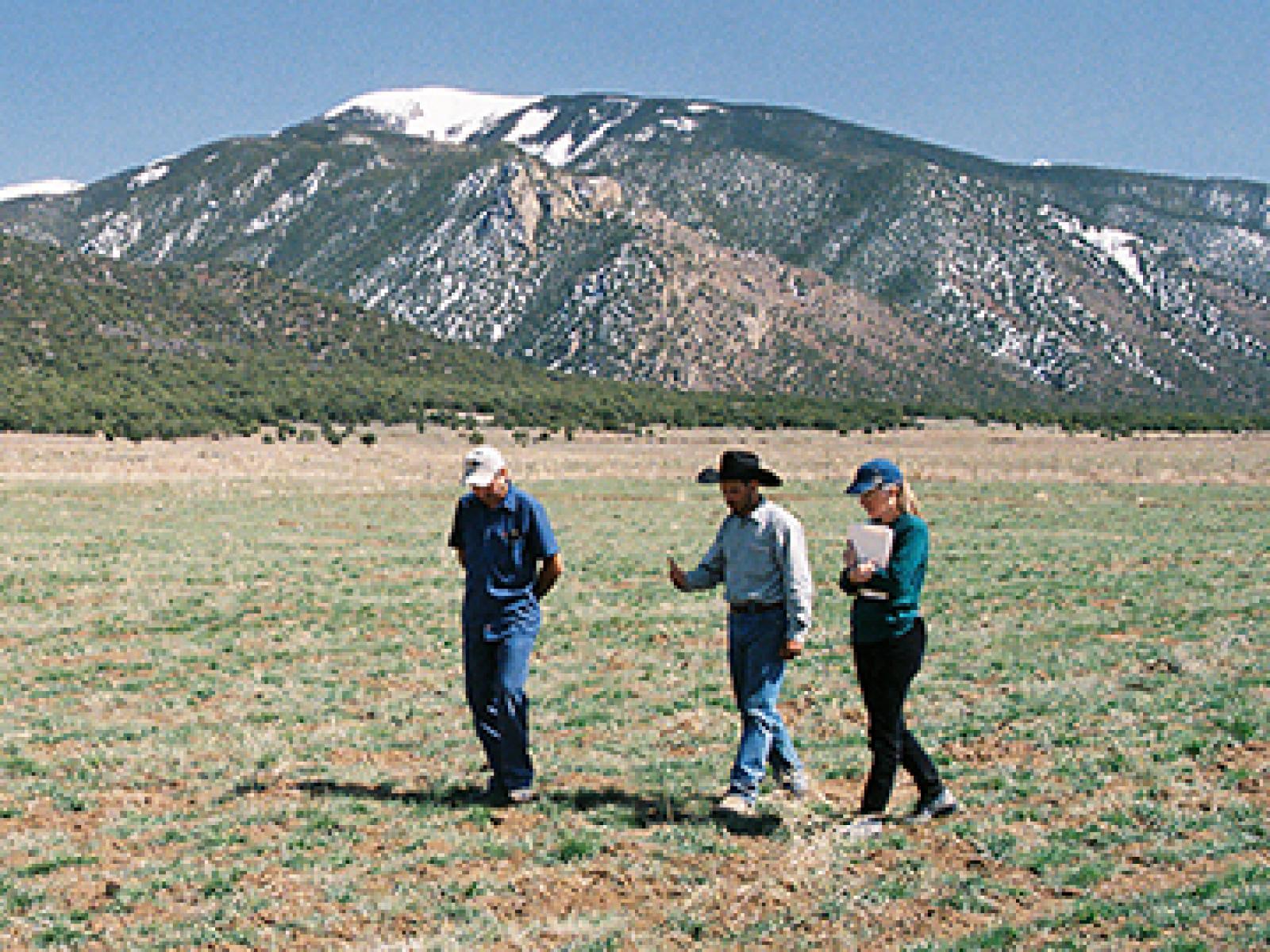An Overview Of Our Solution
- Population Impacted:
- Continent: North America
Organization type
Population impacted
Size of agricultural area
Production quantity
People employed
Describe your solution
Describe your implementation
External connections
What is the environmental or ecological challenge you are targeting with your solution?
Describe the context in which you are operating
To begin, we created educational materials with a broad coalition, and tested model biodiversity inspection questions with partnering organic farmers (see photos). Changes started to become apparent when we, through the NOSB, encouraged the NOP to add the natural resource/biodiversity rule to their checklist used to accredit certifiers. Through further encouragement, the NOP published their Natural Resources and Biodiversity Conservation Guidance that we initially wrote. During this time we assisted many organic farmers, who realized they should conserve biodiversity better, by planting 60 hedgerows and riparian buffers in our region. Today most organic certifiers say they check for biodiversity conservation, even though many don’t ask clear and comprehensive questions about it. There are organic farms that still don’t provide for even the smallest of wildlife—the pollinators and beneficial insects that help to support the production of safe and healthy food.
How did you impact natural resource use and greenhouse gas emissions?
Language(s)
Social/Community
Water
Food Security/Nutrition
Economic/Sustainable Development
Climate
Sustainability
Farms that support a diversity of crop and non-crop species benefit from increased ecosystem services, have more stable production, and more profit than those without this diversity. Currently, due to industrial farming practices, over half the land used for agriculture is moderately or severely degraded. We are losing trillions of dollars of ecosystem services. Our work, supported by grant funding from private foundations and government programs along with in-kind donations from farmers and others, is helping to reverse this loss. Part of what we teach is how organic farmers can access government subsidies to cover partial costs for conservation practices from USDA NRCS. In this way, all can better afford to farm with nature.
Return on investment
Entrant Image

Entrant Banner Image

